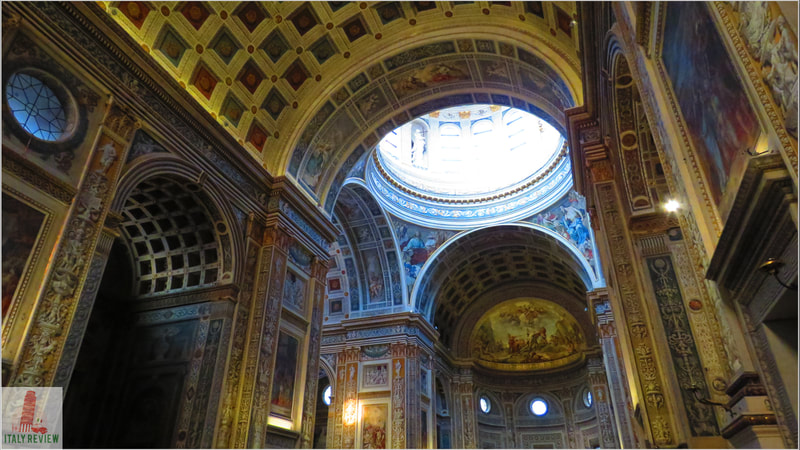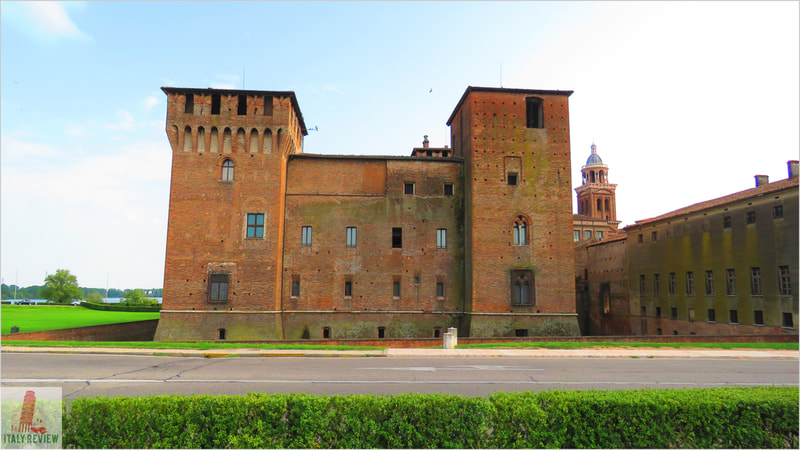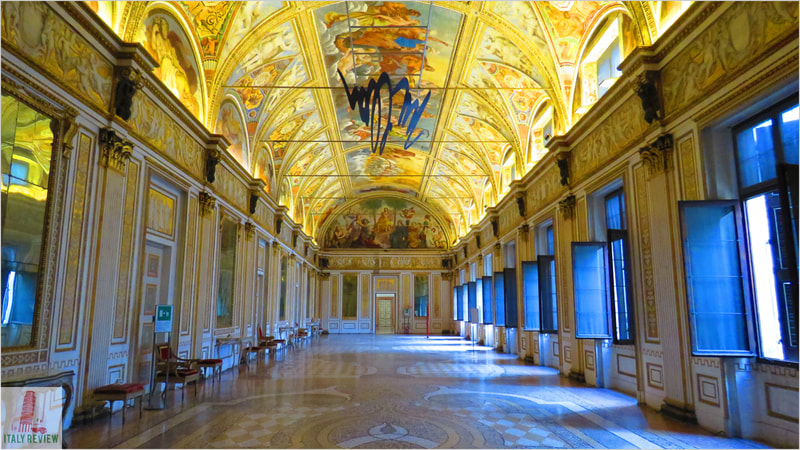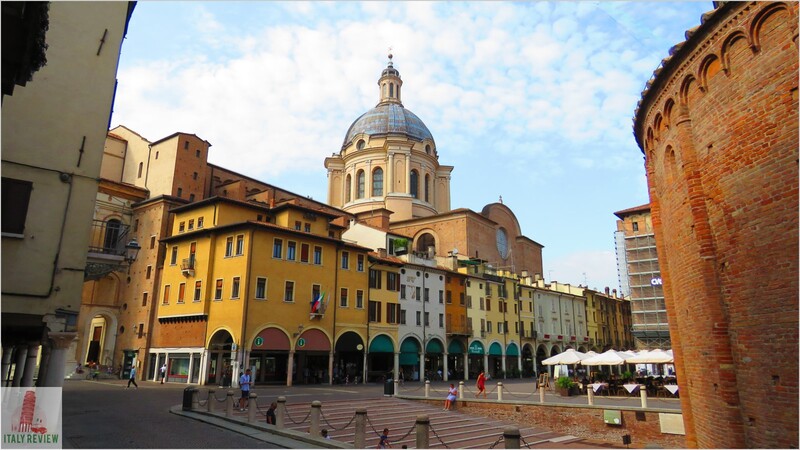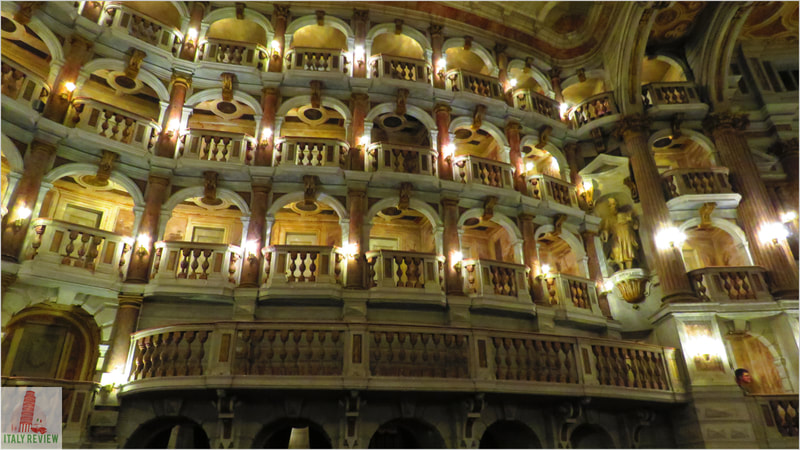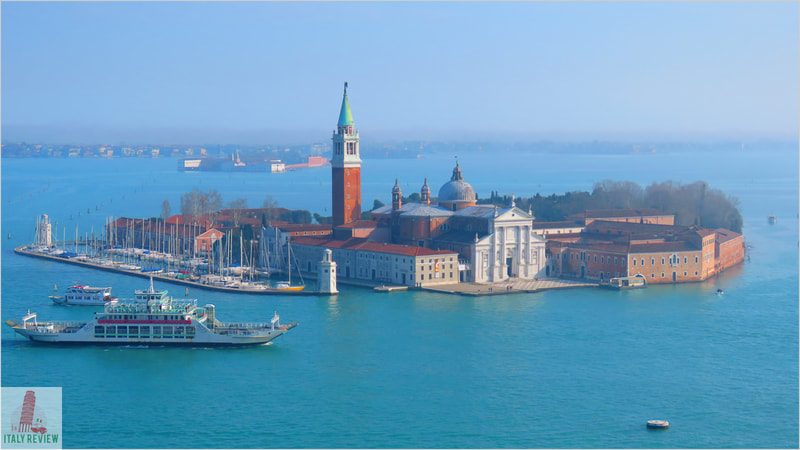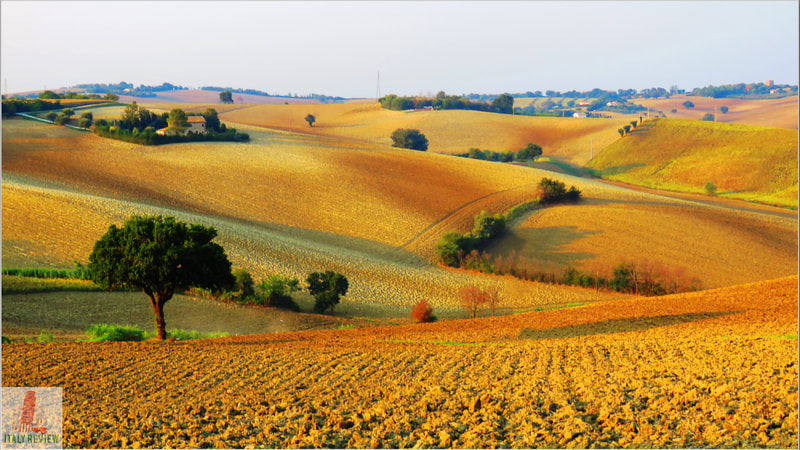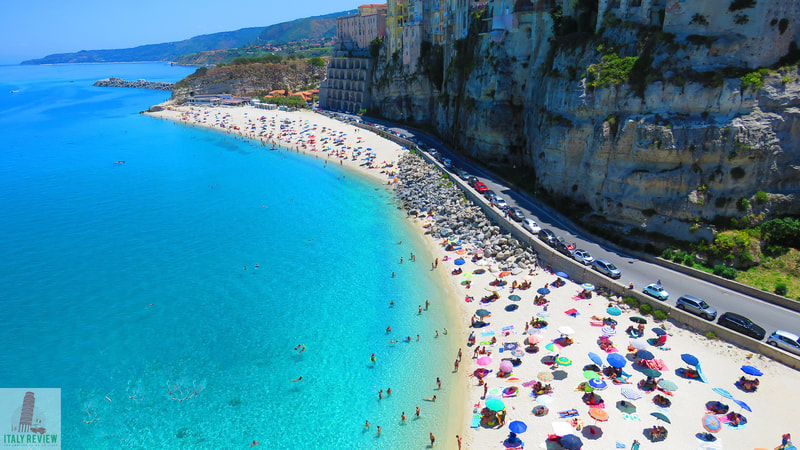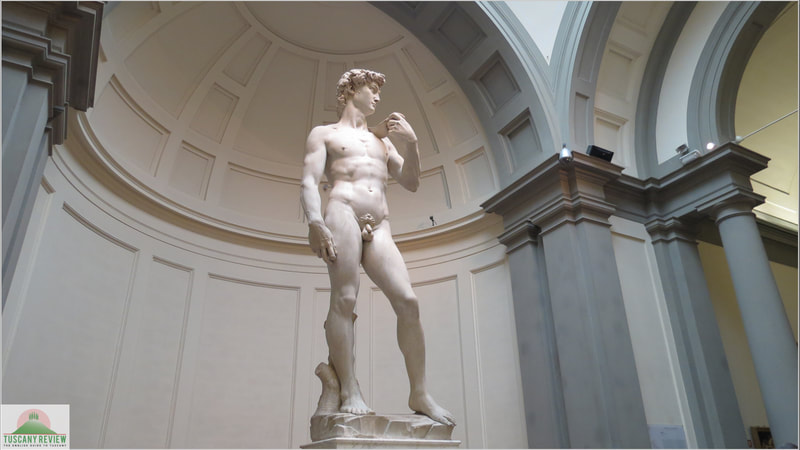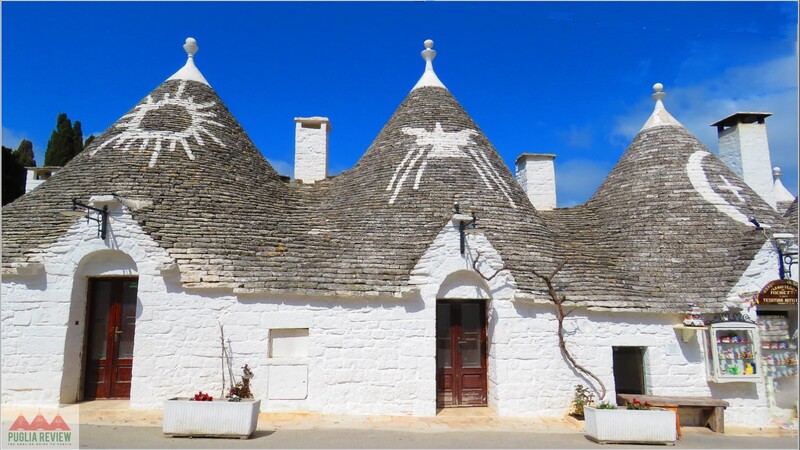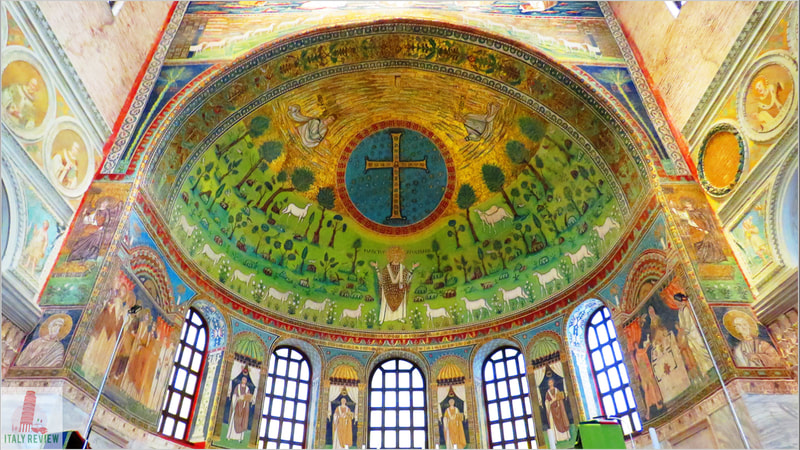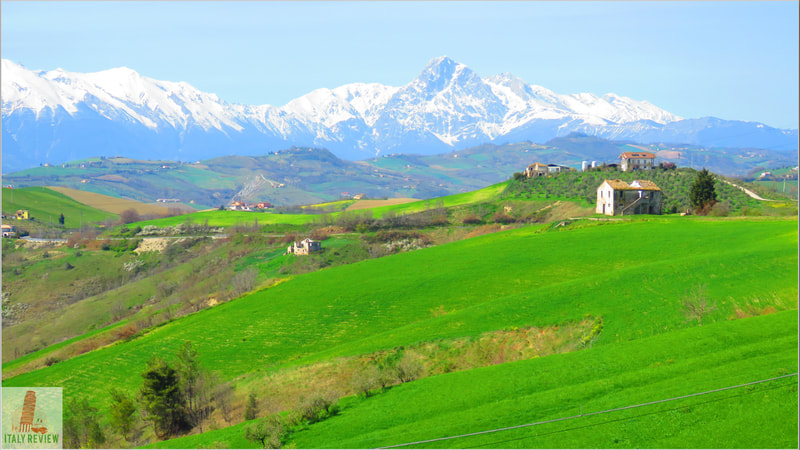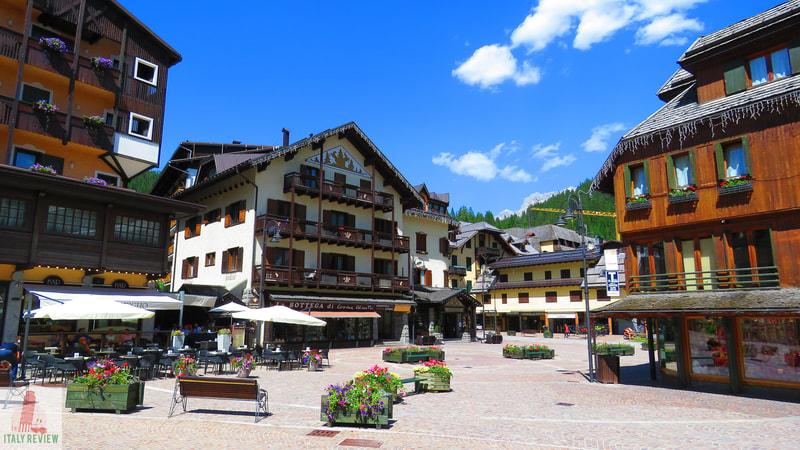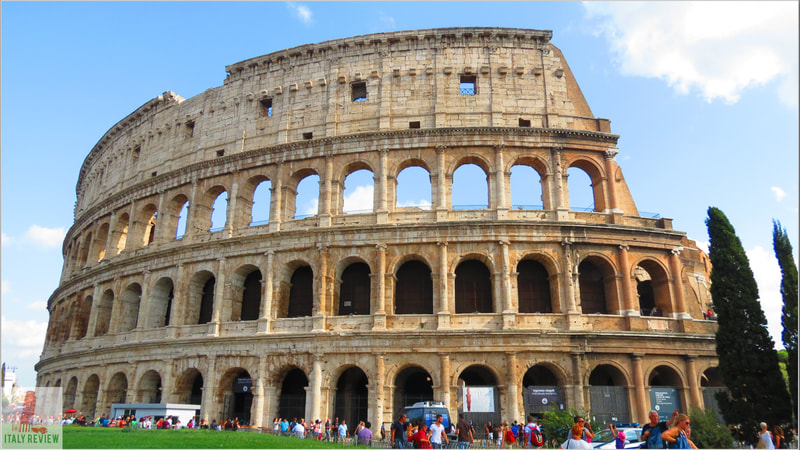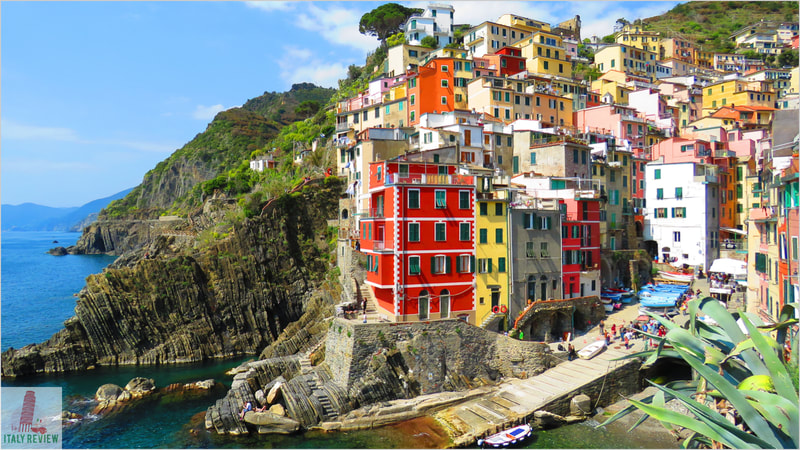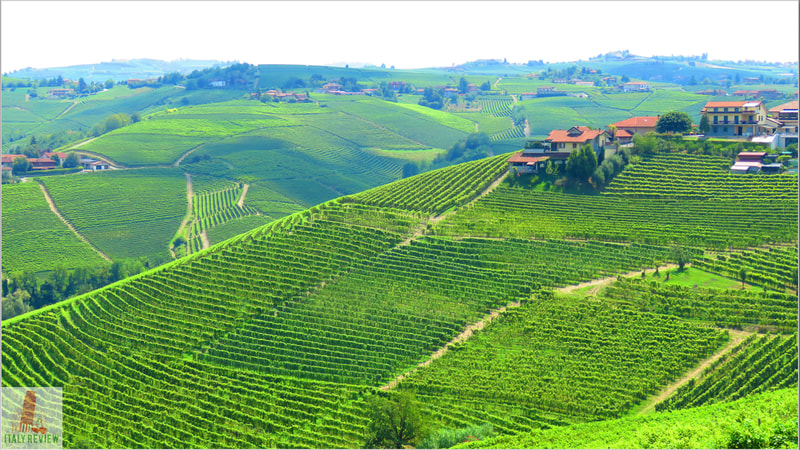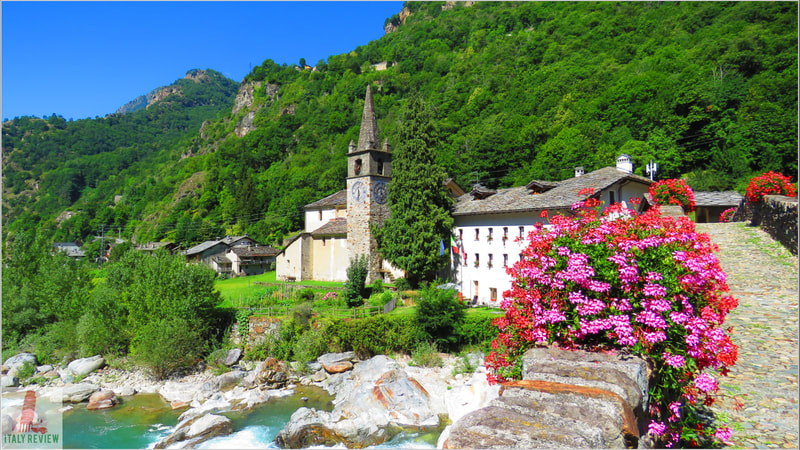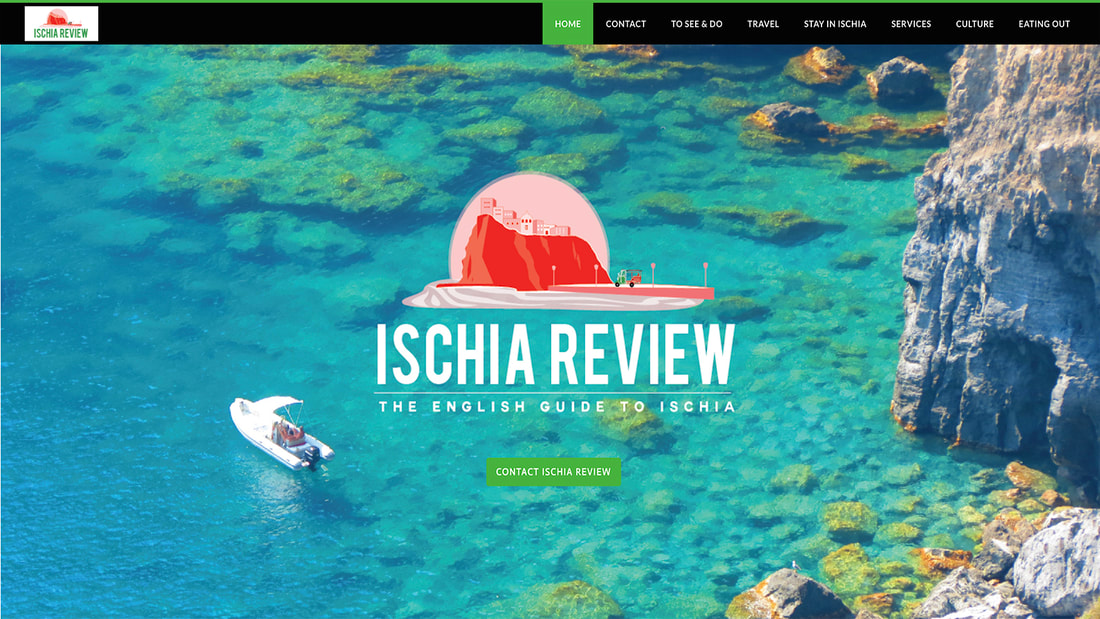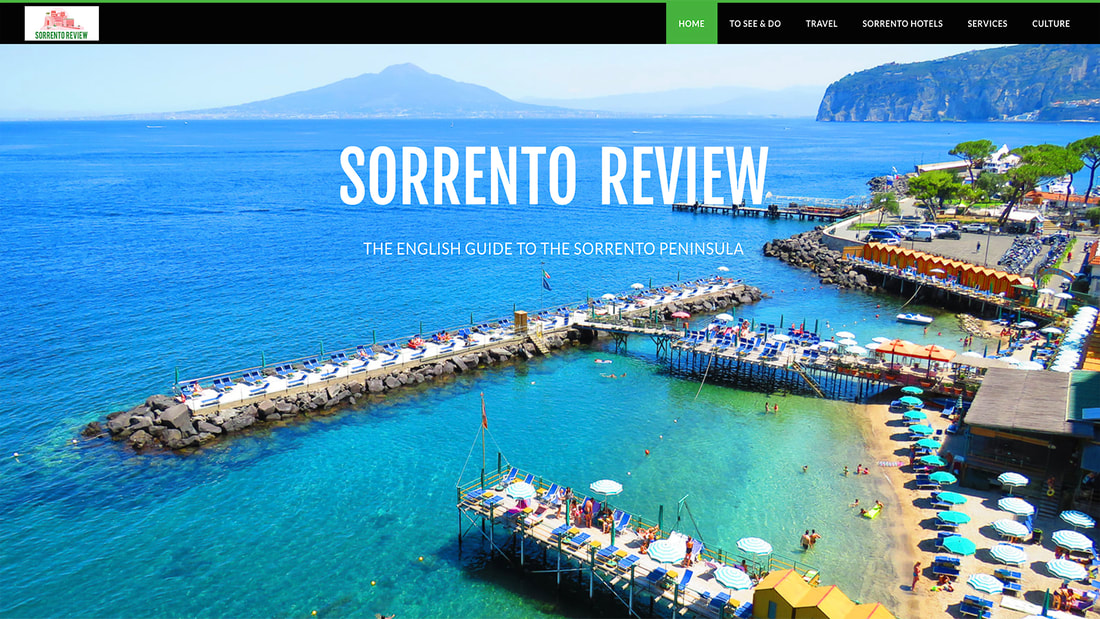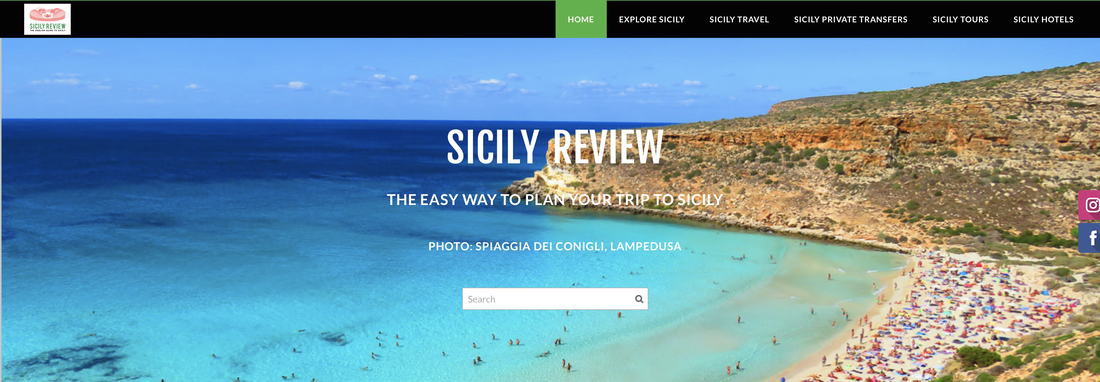Mantua
|
By Dion Protani
|
Latest update: 30 December 2023
|
|
The city of Mantua is the capital city of the Province of Mantua with a population of 49,308 inhabitants.
Standing at an elevation of 19 metres above sea level, it covers a total area of 64 km² and lies 187 kilometres south east of Milan, the regional capital of Lombardy. In terms of population size it's one of the smaller provincial capitals of Lombardy but when it comes to sightseeing it has few equals. Its position on a small promontory flanked by 3 lakes is just the start. |
Related links
Mantua: in Renaissance Territory
For some reason, Mantua doesn't capture the amount of visitors that some of its near neighbours do but it should. It's situated close to the borders of two other regions: Veneto to its east and Emilia Romagna to its south, and in the middle of a wide circle that encapsulates Verona, Lake Garda, Brescia, Cremona, Parma, Modena, Bologna, Ferrara, Padua and Vicenza. This is an area of Italy that's rich in medieval and Renaissance towns and Mantua stands comparison with the very best of them.
For some reason, Mantua doesn't capture the amount of visitors that some of its near neighbours do but it should. It's situated close to the borders of two other regions: Veneto to its east and Emilia Romagna to its south, and in the middle of a wide circle that encapsulates Verona, Lake Garda, Brescia, Cremona, Parma, Modena, Bologna, Ferrara, Padua and Vicenza. This is an area of Italy that's rich in medieval and Renaissance towns and Mantua stands comparison with the very best of them.
Mantua and the Gonzagas
Mantua's history stretches back to 2000 BC and as with all the towns in this part of Italy, it has been fought over, conquered and ruled over by various groups from the Romans, the Ostrogoths, the Lombards and the Franks to name just a few.
However, in Mantua's whole history, one name in particular stands out: the Gonzaga family had humble beginnings but seized control of the city in 1328 and ruled it for around 300 years. It was the 15th century that saw Mantua's rise in prestige and wealth. During this time, the Gonzaga family hired some of the best architectural talent of the time, names such as Mantegna and Alberti included, to design its churches and palaces.
Mantua's history stretches back to 2000 BC and as with all the towns in this part of Italy, it has been fought over, conquered and ruled over by various groups from the Romans, the Ostrogoths, the Lombards and the Franks to name just a few.
However, in Mantua's whole history, one name in particular stands out: the Gonzaga family had humble beginnings but seized control of the city in 1328 and ruled it for around 300 years. It was the 15th century that saw Mantua's rise in prestige and wealth. During this time, the Gonzaga family hired some of the best architectural talent of the time, names such as Mantegna and Alberti included, to design its churches and palaces.
Sightseeing Mantua - where to start?
With so much to see in the city it's worth having a good think about where to start any itinerary. As good a place as any is Piazza Virgiliana which is situated at the northern fringe of the city centre, on the banks of Lago di Mezzo. The River Mincio flows around Mantova, widening as it reaches the city centre and at this widest point, the river splits into three lakes: Lago Superiore (Upper Lake), Lago di Mezzo (Middle Lake) and Lago Inferiore (Lower Lake).
Piazza Virgiliana is essentially a park, named in honour of the city's most famous son: the Roman poet, Virgil (70 BC - 19 BC). If driving you can park your car at the park's car park and start to explore the city. Leaving the park at its northern end behind the monument to Virgil, you can then walk alongside the lake, turning right, and after 5 minutes find yourself at the city's castle: Castello di San Giorgio.
With so much to see in the city it's worth having a good think about where to start any itinerary. As good a place as any is Piazza Virgiliana which is situated at the northern fringe of the city centre, on the banks of Lago di Mezzo. The River Mincio flows around Mantova, widening as it reaches the city centre and at this widest point, the river splits into three lakes: Lago Superiore (Upper Lake), Lago di Mezzo (Middle Lake) and Lago Inferiore (Lower Lake).
Piazza Virgiliana is essentially a park, named in honour of the city's most famous son: the Roman poet, Virgil (70 BC - 19 BC). If driving you can park your car at the park's car park and start to explore the city. Leaving the park at its northern end behind the monument to Virgil, you can then walk alongside the lake, turning right, and after 5 minutes find yourself at the city's castle: Castello di San Giorgio.
Palazzo Ducale di Mantova
The castle forms part of the Palazzo Ducale which is the first major sight you'll encounter. Entrance to the Palazzo Ducale is on the large square, Piazza Sordello which is also home to the Cathedral (Cattedrale di San Pietro Apostolo), and the Casa di Rigoletto, an homage to Giuseppe Verdi's play which was set in Mantova.
Entering the Palazzo Ducale you pass through Piazza Castello and from there into the Camera degli Sposi with Mantegna's frescoes the star turn here. The Camera degli Sposi is situated within the castle and from there you return to Piazza Castello, cross the square and find yourself in a smaller square called Piazza Santa Barbara. Although given little attention by most guide books, this is a square of unique beauty which later in your visit you can get a great view of from one of the upper hallways in the palace.
To visit the Palazzo Ducale you really need to allow at least two hours to see all of the apartments and to appreciate the abundance of artwork housed within.
The castle forms part of the Palazzo Ducale which is the first major sight you'll encounter. Entrance to the Palazzo Ducale is on the large square, Piazza Sordello which is also home to the Cathedral (Cattedrale di San Pietro Apostolo), and the Casa di Rigoletto, an homage to Giuseppe Verdi's play which was set in Mantova.
Entering the Palazzo Ducale you pass through Piazza Castello and from there into the Camera degli Sposi with Mantegna's frescoes the star turn here. The Camera degli Sposi is situated within the castle and from there you return to Piazza Castello, cross the square and find yourself in a smaller square called Piazza Santa Barbara. Although given little attention by most guide books, this is a square of unique beauty which later in your visit you can get a great view of from one of the upper hallways in the palace.
To visit the Palazzo Ducale you really need to allow at least two hours to see all of the apartments and to appreciate the abundance of artwork housed within.
Beyond the Palazzo Ducale: Mantua's other Piazzas
Upon finishing at the palace you can make your way across the square to the Cathedral and perhaps to Rigoletto's House if time allows. From Piazza Sordello head south to find two more charming squares: first the small Piazza Broletto. From the south east corner of Piazza Broletto you can look up and see the Torre della Gabbia, (The Cage Tower). In years past, criminals were put in a cage attached to the tower and left there on display.
From Piazza Broletto you pass through to the second major square in the city: Piazza delle Erbe. On the left you'll see the vast Palazzo della Ragione with its clock tower, and sitting next to it, dwarfed by comparison is the Rotonda di San Lorenzo, a Lombard Romanesque church which contains frescoes from the 12th and 13th centuries. Opposite the Palazzo della Ragione is a covered walkway with shops, restaurants and places to eat. This is also a good place to try some of the city's food specialities including the Tortelli di Zucca, a type of pasta filled with pumpkins.
Upon finishing at the palace you can make your way across the square to the Cathedral and perhaps to Rigoletto's House if time allows. From Piazza Sordello head south to find two more charming squares: first the small Piazza Broletto. From the south east corner of Piazza Broletto you can look up and see the Torre della Gabbia, (The Cage Tower). In years past, criminals were put in a cage attached to the tower and left there on display.
From Piazza Broletto you pass through to the second major square in the city: Piazza delle Erbe. On the left you'll see the vast Palazzo della Ragione with its clock tower, and sitting next to it, dwarfed by comparison is the Rotonda di San Lorenzo, a Lombard Romanesque church which contains frescoes from the 12th and 13th centuries. Opposite the Palazzo della Ragione is a covered walkway with shops, restaurants and places to eat. This is also a good place to try some of the city's food specialities including the Tortelli di Zucca, a type of pasta filled with pumpkins.
Basilica di Sant'Andrea
Walking to the south west corner of Piazza delle Erbe you can pass through to a smaller square called Piazza Andrea Mantegna. This is where you'll find the entrance to Mantova's most impressive religious building: the Basilica di Sant'Andrea. The most-prized exhibits in the 15th century Basilica are the golden vessels said to hold earth soaked by the blood of Christ after the Roman soldier that killed him buried them on the site of the current building.
Walking to the south west corner of Piazza delle Erbe you can pass through to a smaller square called Piazza Andrea Mantegna. This is where you'll find the entrance to Mantova's most impressive religious building: the Basilica di Sant'Andrea. The most-prized exhibits in the 15th century Basilica are the golden vessels said to hold earth soaked by the blood of Christ after the Roman soldier that killed him buried them on the site of the current building.
Scientific Bibiena Theatre
From the Basilica di Sant'Andrea it's a 5 minute walk (450 metres) to one of the city's most charming sights. The Scientific Bibiena Theatre is tucked away in a side street but it's worth the detour as you can visit the theatre even when there's no show on. The theatre opened in 1769 and was shortly afterwards honoured by the presence of Mozart who performed a concert there.
From the Basilica di Sant'Andrea it's a 5 minute walk (450 metres) to one of the city's most charming sights. The Scientific Bibiena Theatre is tucked away in a side street but it's worth the detour as you can visit the theatre even when there's no show on. The theatre opened in 1769 and was shortly afterwards honoured by the presence of Mozart who performed a concert there.
Palazzo Te
The final major sight in Mantua is some distance away from the others already mentioned. From the Scientific Bibiena Theatre it's a 23 minute walk (1.8 km) to Palazzo Te. The Palace was built in the 15th century, again by the Gonzaga family and contains a large number of ornately decorated apartments with artwork to match. Even the grounds that the Palace are set in are worth the effort of the journey and this is an essential part of any Mantua itinerary.
The final major sight in Mantua is some distance away from the others already mentioned. From the Scientific Bibiena Theatre it's a 23 minute walk (1.8 km) to Palazzo Te. The Palace was built in the 15th century, again by the Gonzaga family and contains a large number of ornately decorated apartments with artwork to match. Even the grounds that the Palace are set in are worth the effort of the journey and this is an essential part of any Mantua itinerary.
Comune di Mantova
|
Province: Mantua
Region: Lombardy Population: 48,441 (source: ISTAT 1 January 2023) Size: 64 km² Elevation: 19 metres Top sights: Palazzo Ducale, Castello di San Giorgio, Palazzo Te Recommended accommodation: Agorà Residenza Close by: San Benedetto Po, Parco Giardino Sigurtà, Lake Garda |
UNESCO World Heritage Site
Mantua and Sabbioneta
Year: 2008
Mantua and Sabbioneta
Year: 2008
Mantua Travel
Mantua's train station is centrally-located, a 15 minute walk, part of which is along one of the city's main shopping streets, Corso Umberto I, and which also allows you to cross Il Rio di Mantova, a small river that passes through the city centre.
You can catch a train from Mantua to Milan in just under two hours, passing through Cremona (48 mins) and Lodi (1 hour 26 mins) along the way. Alternatively, you can head north to Verona in 48 minutes or south to Modena in an hour and 11 minutes.
The most convenient airport for Mantua is Verona Airport which is 33 kilometres north, a car journey of around 40 minutes. Alternative options include Bologna's Guglielmo Marconi Airport (1 hour 11 mins, 108 km), Milan Bergamo Airport (1 hour 35 mins, 144 km) or Venice Marco Polo Airport (1 hour 39 mins, 161 km).
You can catch a train from Mantua to Milan in just under two hours, passing through Cremona (48 mins) and Lodi (1 hour 26 mins) along the way. Alternatively, you can head north to Verona in 48 minutes or south to Modena in an hour and 11 minutes.
The most convenient airport for Mantua is Verona Airport which is 33 kilometres north, a car journey of around 40 minutes. Alternative options include Bologna's Guglielmo Marconi Airport (1 hour 11 mins, 108 km), Milan Bergamo Airport (1 hour 35 mins, 144 km) or Venice Marco Polo Airport (1 hour 39 mins, 161 km).
|
Fly to: Verona Airport - 41 minutes by car (35 km)
By train: Cremona - 48 minutes, Lodi - 1 hour 26 minutes |

